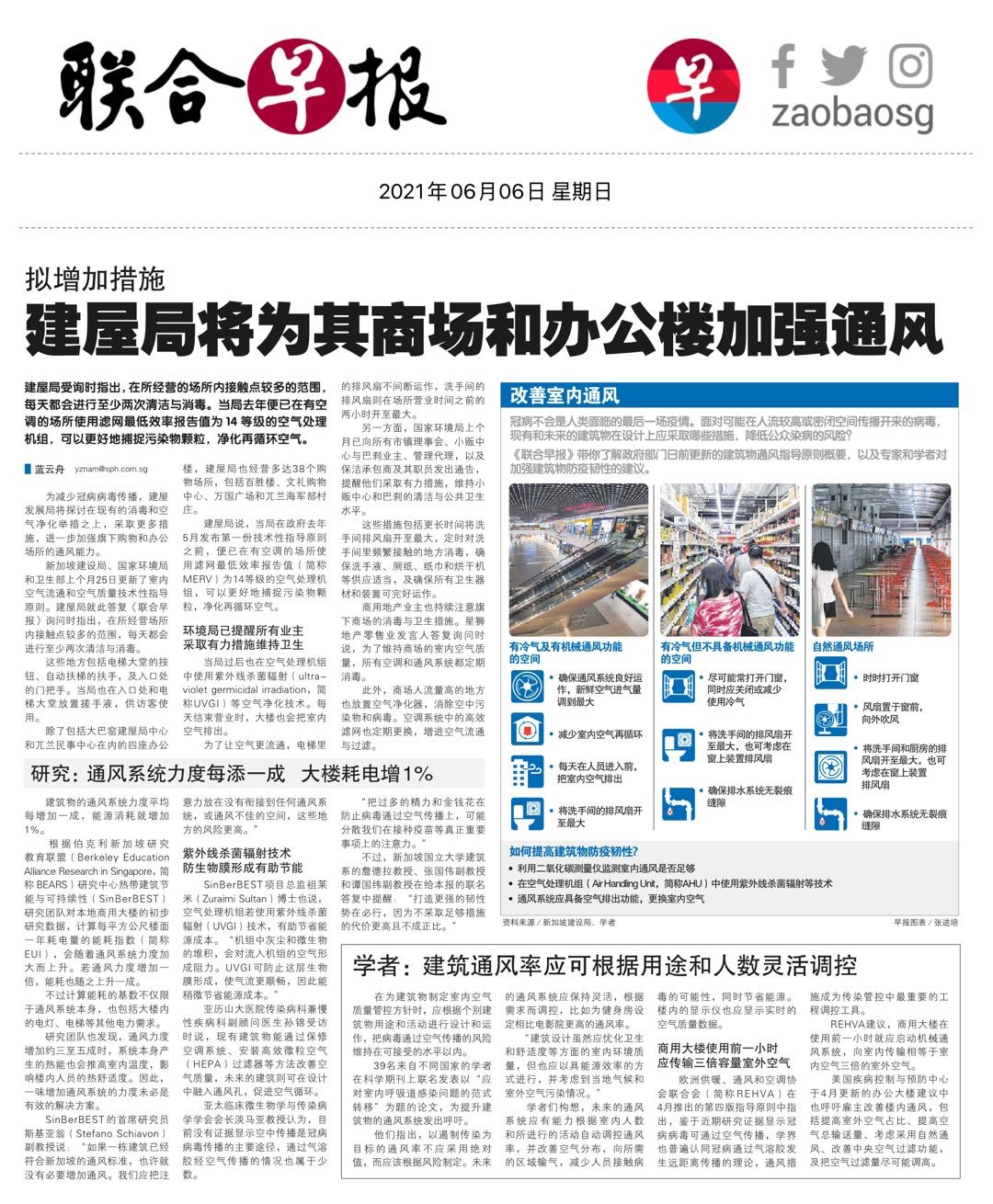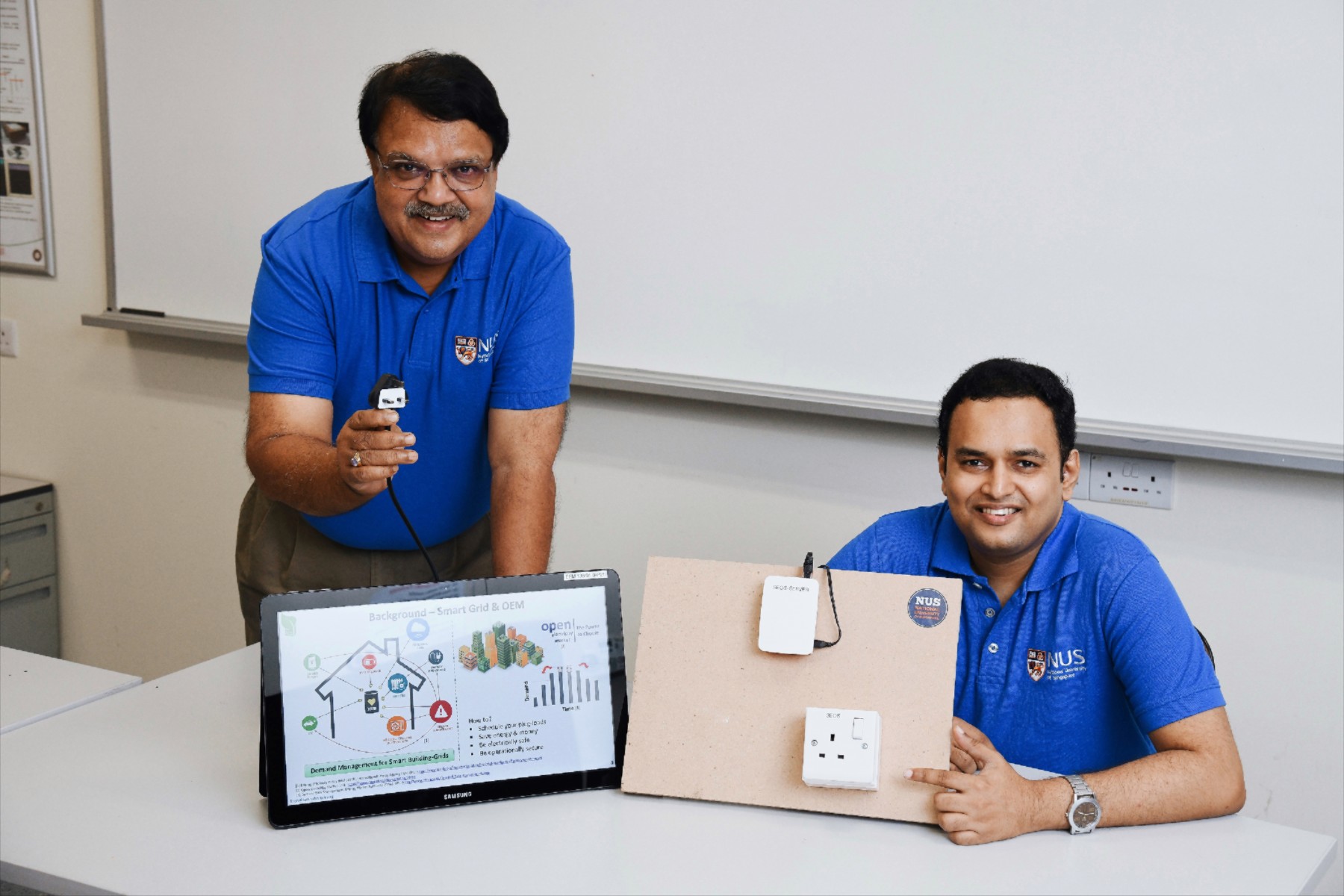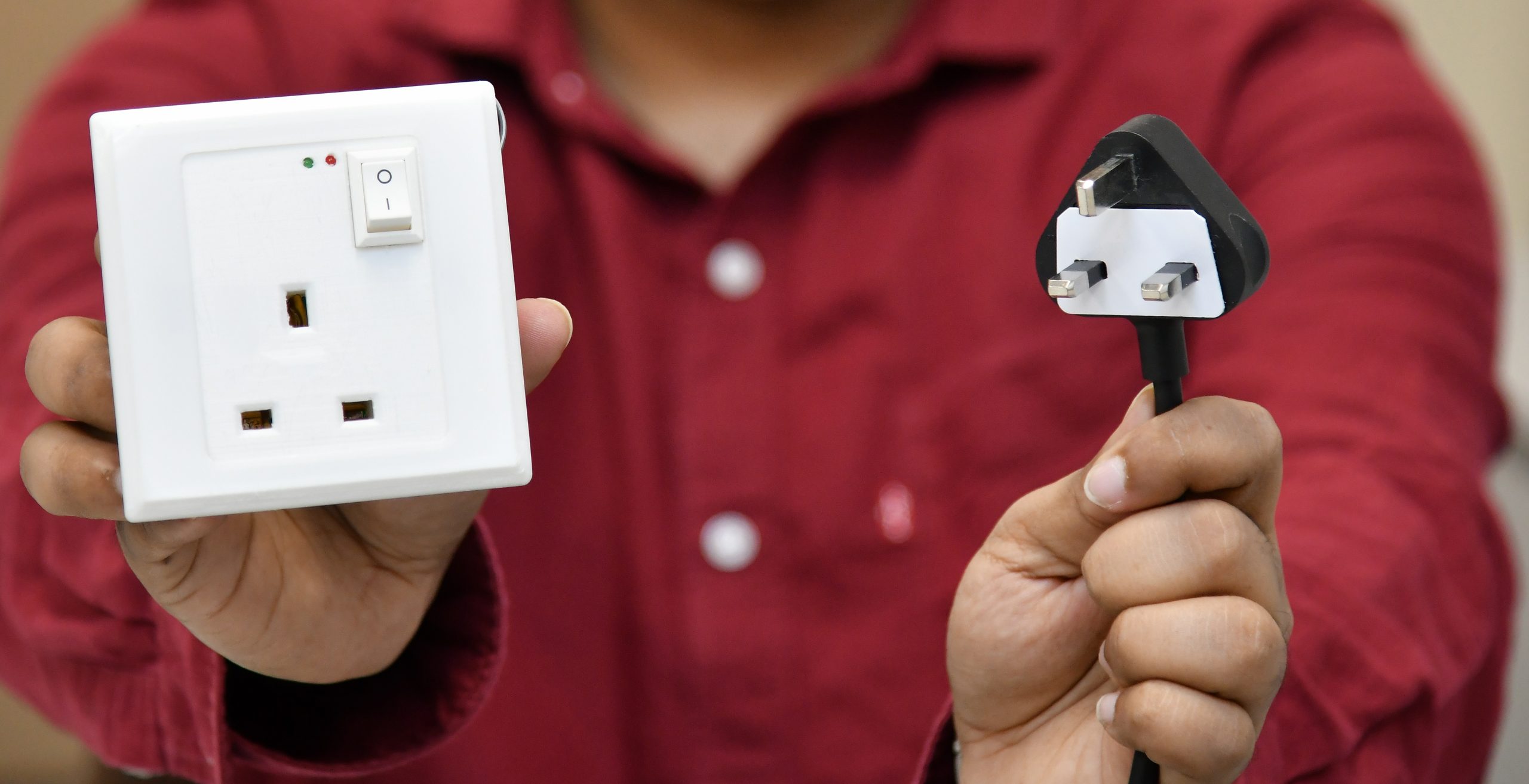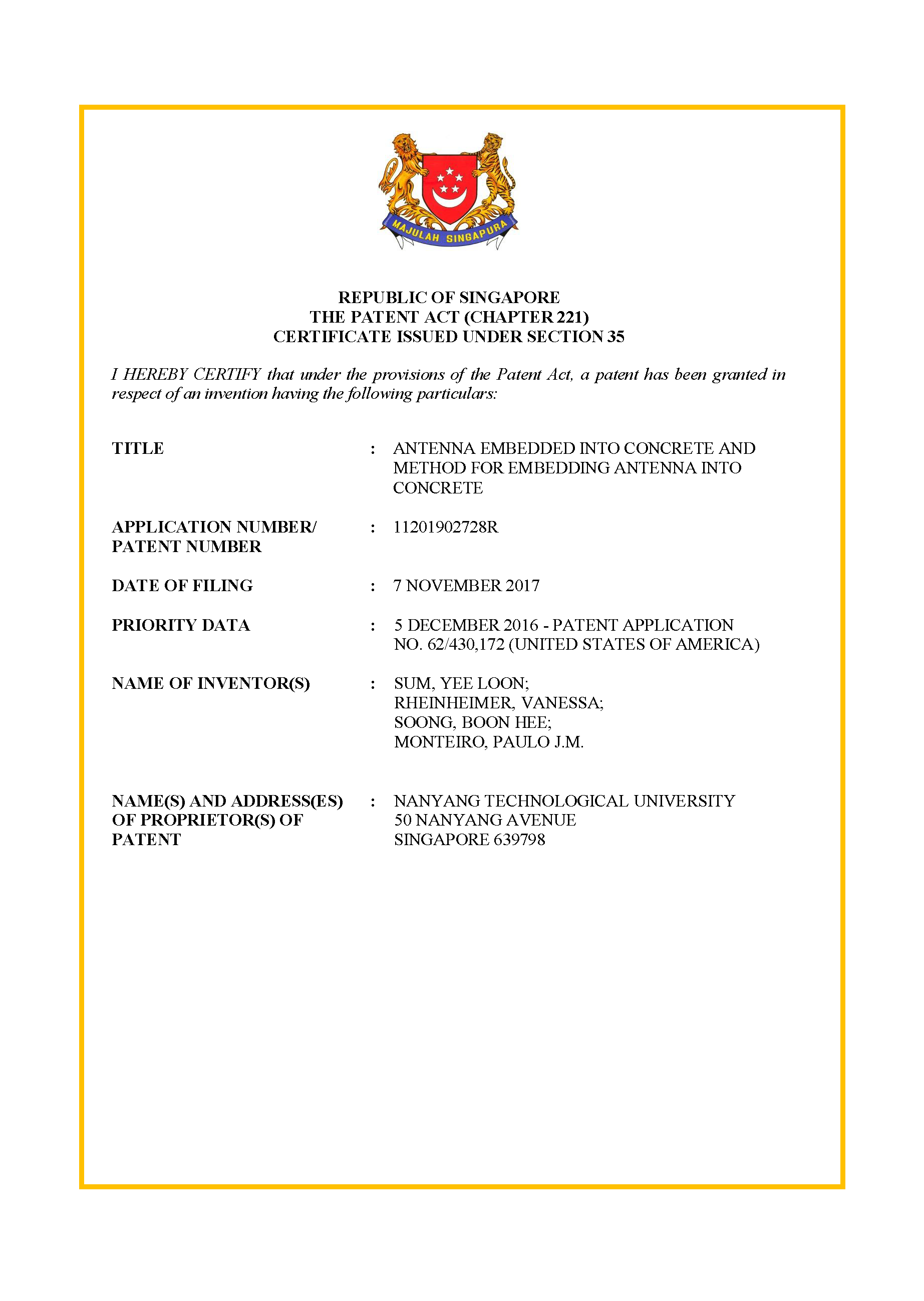Berkeley Engineering: Researchers Create Tougher, Environmentally-friendly Concrete

In October 2020, Berkeley Engineering featured a civil and mechanical engineering ingenuity, a stronger concrete with less carbon emission, that was created by SinBerBEST Theme C researchers including Claudia Ostertag, Hayden Taylor, Brian Salazar, Parham Aghdasi, and Ian Williams. The research team utilized a 3D printer to create polymer-based octet lattices, and then poured ultra-high performance concrete, which is four times sturdier than traditional concrete in compaction, into the lattices.
Given that producing cement, the key component in concrete, causes 8% of the carbon dioxide discharges globally, and that bolstering material consists of less than 5% of most concrete structures, decreasing the amount of concrete and upping the amount of polymer could reduce a structure’s overall carbon footprint.
Complete Berkeley Engineering article and Materials & Design research paper covering the polymer strengthening production process are available.
Photo Credit: Brian Salazar, Parham Aghdasi, Ian D.Williams, Claudia P.Ostertag, Hayden K.Taylor




